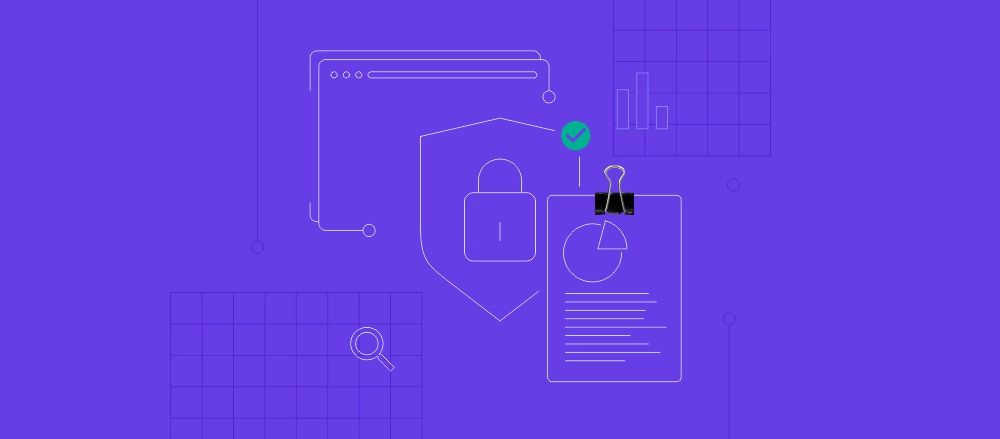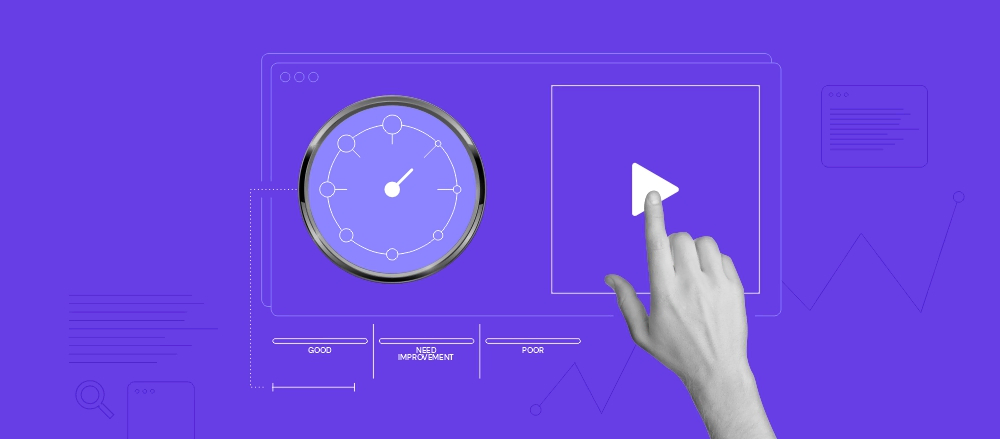25 Web Developer Portfolio Examples to Take Inspiration From
A strong web portfolio is crucial to a successful career as a web developer, and understanding how to make a portfolio is an essential part of this...
URI vs URL: Differences and When to Use Them
While often used interchangeably, uniform resource identifiers (URIs) and uniform resource locators (URLs) aren’t the same. A URI can be a name, a...
How to Sell a Domain Name and Make Profit in 7 Steps
Perhaps you purchased a domain name for your website but have no time to maintain it, leaving the domain unused. Or maybe your current domain name is...
Largest Contentful Paint (LCP): What It Is and 11 Ways to Improve It
Understanding Core Web Vitals helps ensure your website can offer the best user experience. They consist of multiple metrics representing how users...
What Does .io Mean: When to Use It, Pros and Cons, and More
Finding the right name and top-level domain (TLD) is essential when creating a website. However, the process may seem daunting since there are over...
FQDN (Fully Qualified Domain Name): What It Is, Examples, and More
A fully qualified domain name (FQDN) is a complete address that specifies its exact location in the internet’s domain name system. It includes...
Website Security Audit: How to Protect Your Site From Security Breaches
The increasing number of cyber attacks makes a lot of website owners worry. Malware, DDoS, ransomware, and cross-site scripting are only a few...
What Is First Input Delay and How to Improve It
The First Input Delay (FID), also known as input latency, calculates a website’s response time from the first user interaction to the browser’s...
Cache Miss – What It Is and How to Reduce It
While caching is one of the most vital mechanisms for improving site performance, frequent cache misses will increase data access time, resulting in a...



